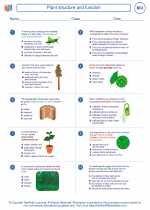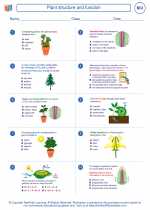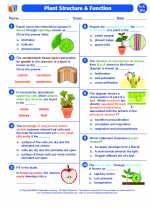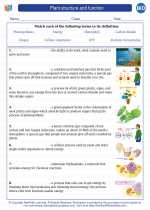Respiration
Respiration is the process by which living organisms take in oxygen and release carbon dioxide. It can be divided into two main types: cellular respiration and breathing.
Cellular Respiration
Cellular respiration is the process by which cells break down organic molecules to produce energy in the form of ATP (adenosine triphosphate). It occurs in three main stages: glycolysis, the citric acid cycle, and oxidative phosphorylation.
Glycolysis
Glycolysis is the first stage of cellular respiration and takes place in the cytoplasm of the cell. In this stage, a molecule of glucose is broken down into two molecules of pyruvate, producing a small amount of ATP and NADH (nicotinamide adenine dinucleotide).
The Citric Acid Cycle
The citric acid cycle, also known as the Krebs cycle, takes place in the mitochondria of the cell. In this stage, the pyruvate from glycolysis is further broken down, producing more ATP, NADH, and FADH2 (flavin adenine dinucleotide).
Oxidative Phosphorylation
Oxidative phosphorylation is the final stage of cellular respiration and occurs in the inner membrane of the mitochondria. It involves the transfer of electrons from NADH and FADH2 to oxygen, generating a large amount of ATP through a process known as the electron transport chain.
Breathing
Breathing, also known as ventilation, is the process of taking in oxygen and releasing carbon dioxide. It involves the inhalation of air into the lungs, where gas exchange occurs in the alveoli, and the exhalation of carbon dioxide out of the body.
Study Guide for Respiration
- What is respiration?
- What are the two main types of respiration?
- Describe the three stages of cellular respiration.
- Where does glycolysis take place?
- What is the final electron acceptor in oxidative phosphorylation?
- Explain the process of breathing.
[Respiration] Related Worksheets and Study Guides:
.◂Biology Worksheets and Study Guides High School. Plant structure and function

 Worksheet/Answer key
Worksheet/Answer key
 Worksheet/Answer key
Worksheet/Answer key
 Worksheet/Answer key
Worksheet/Answer key
 Vocabulary/Answer key
Vocabulary/Answer key
 Vocabulary/Answer key
Vocabulary/Answer key
